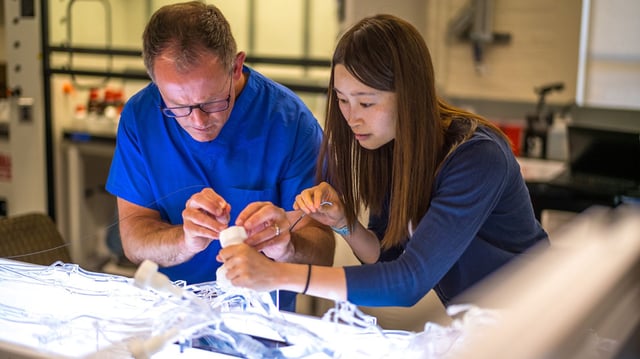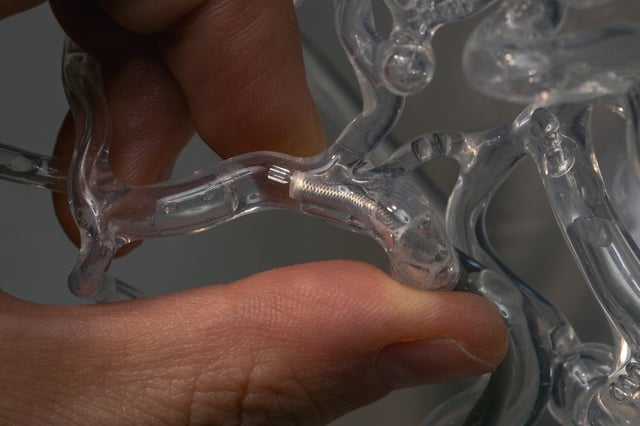Overview
- The milli-spinner employs a rotating hollow catheter with fins and slits to generate localized suction and shear that compresses clots in place, reducing their volume by as much as 95%.
- In flow-model experiments and swine studies, the device more than doubled first-pass reperfusion and achieved a 90% first-try success rate against fibrin-rich thrombi.
- By densifying rather than fragmenting clots, the technology minimizes downstream emboli and preserves vessel integrity compared with conventional aspiration or stent-retriever tools.
- A Stanford-licensed spin-out has been formed to advance the technology toward initial human clinical trials planned for the near future.
- Beyond ischemic stroke applications, researchers are exploring the milli-spinner’s potential to remove pulmonary embolisms, treat heart attacks and even extract kidney stone fragments.

